
Introduction to European CE Certification for Medical Devices
According to MedTec Europe statistics, the European medical device market will be approximately 135 billion euros in 2022, accounting for approximately 27% of the global market , and is the second largest medical device market after the United States .
From May 2021, medical device manufacturers must comply with the EU Medical Device RegULation 2017/745 instead of the Medical Device Directive 93/42/EEC in order to obtain CE Mark approval. Therefore, medical devices must be classified according to the MDR.
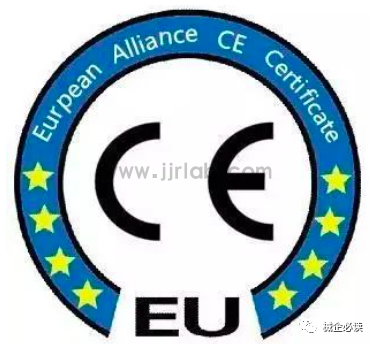
To demonstrate that your device complies with the essential requirements of these CE Directives, you need to affix the CE mark to it. Your product needs to go through the ce marking process. The direction of the latter depends on your medical device category and the conformity assessment route you choose. The specific characteristics of your medical device will determine its category, as well as the degree of risk to the patient. For example, characteristics such as intended use, invasiveness, and local vs. systemic effects.
Procedures and processes required for CE certification of medical devices
Procedures and processes required for CE certification of medical devices
(1) Confirm the exporting country
(2) Confirm product categories and relevant EU product directives
(3) Designation of "eu authorized representative (EU Authorized Agent)" (Authorized Representative)
4. Confirm the module required for authentication
(5) Whether to adopt the "self-declaration" model or "must go through a third-party certification agency"
(6) Establishing technical files (Technical Files) and maintaining and updating them
(1) Confirm the exporting country
If exporting to any of the 30 member countries of the European Economic Area (EEA) including the European Union (EU) and the European Free Trade Agreement (EFTA), CE certification may be required.
(2) Confirm product categories and relevant EU product directives
According to the European framework, medical devices are divided into four categories: Class I, Class IIa, Class IIb and Class III . Class III medical devices carry the highest risk. Today, the categories of many devices have changed due to the stricter rules of the new regulatory system. Previously they would have been classified as Class IIa or IIb, but now they will be classified as Class III. If your medical device falls into any category other than Class I, you must provide certification to the certification body that your product complies with the essential requirements of the corresponding CE directive.
1. CE for Class I medical devices
Medical device class I has the lowest risk. Manufacturers of such devices can choose one of three possible CE marking routes. In this regard, they should consider the following points:
(1) If the medical device is sterile, such as a personal protective kit;
(2) Whether the medical device has a measurement function, such as a stethoscope;
(3) If it is not sterile and not measured, such as corrective glasses.
Note: If your product is a Class I product and it is not a sterile or measuring device, then you only need to self-certify it and formally declare through a written statement that it complies with the applicable requirements of the MDD. If it is a sterile or measuring medical device, then you will need a certification body evaluation.

Table 1: CE marking routes for Class I medical devices
2. Class IIa medical device CE
Class IIa medical devices may be surgical gloves, hearing aids, diagnostic ultrasound machines, etc. They generally pose a low to medium risk. Patients should use it for short periods of time, no more than 30 days. If you are a manufacturer of a Class IIa medical device, you must support your claim to conform to a notified body assessment. Only then can you launch your product on the market. There are four possible routes to obtain a CE mark for your product, divided into two groups based on the type of product (i.e. whether it is sterile or not).

Table 2. CE marking route for Class IIa medical devices
3. Class IIb medical device CE
Class IIb devices include: medical equipment, such as long-term corrective contact lenses, surgical lasers, defibrillators, etc. They are medium- to high-risk devices, and patients may use them for more than 30 days. If your product falls into Class IIb, similar to the Class IIa procedure, you will need a Notified Body to assess your technical documentation for compliance with the Medical Device Directive. The choice of a specific CE marking route will again depend on your product type.

Table 3. CE marking routes for Class IIb medical devices
4. Class III medical device CE
In this category, all medical devices carry the highest risk and require permanent monitoring during their life cycle. There are specialized agencies responsible for monitoring products. Examples of such devices are cardiovascular catheters, aneurysm clips, hip implants, artificial heart valves, etc. Here, as well as in Class II, conformity assessment of a medical device may include a review of technical documentation and quality system/product inspection and focus on one or more aspects of device design and production.

Table 4 CE marking routes for medical devices
(3) Designate an "EU Authorized Representative (EU Authorized Agent)"
In order to ensure that the aforementioned four requirements in the CE Marking certification implementation process are met, EU law requires manufacturers located outside the 30 EEA allied countries to designate an EU authorized representative (EU authorized agent) (AuthorizedRepresentative) in the EU. , to ensure the consistency of the product's "safety" during the circulation process and use after the product is put on the European market; technical files (Technical Files) must be stored in the EU for inspection by supervisory agencies at any time; for CE violations discovered by market supervision agencies Remedial measures must be taken for the required products, or for products that have been labeled with the ce label despite accidents occurring during use. (For example, temporarily removing it from the shelf, or permanently removing it from the market); after a product model with a CE label is put on the European market, if it encounters changes or changes in relevant EU laws, subsequent production of the same model Products must also be changed or modified accordingly to comply with the new EU legal requirements.
4. Confirm the module required for authentication
For almost all EU product directives, the directives usually provide manufacturers with several CE certification (Conformity Assessment Procedures) modes (Modules). Manufacturers can tailor their products according to their own circumstances and choose the mode that best suits them. Generally speaking, CE certification modes can be divided into the following 9 basic modes:
1.Module A: internal production control
Mode A: Internal production control (self-declaration)
2.Module Aa: intervention of a Notified Body
Mode Aa: Internal production control plus 3rd party inspection
3.Module B: EC type-examination
Mode B: EC type test
4.Module C: conformity to type
Mode C: Conform to type
5.Module D: production quality assurance
Mode D: Production Quality Assurance
6.Module E: product quality assurance
Mode E: Product Quality Assurance
7.Module F: product verification
Mode F: Product Verification
8.Module G: unit verification
Mode G: Unit Verification
9.Module H: full quality assurance
Mode H: Total Quality Assurance
Based on different combinations of the above basic models, several other different models may be derived. Generally speaking, not any model is suitable for all products. In other words, manufacturers are not free to choose any of the above modes to obtain CE certification for their products.
5. Should we adopt the “self-declaration” model or “must go through a third-party certification body”?
Risk Level: Minimal Risk
The EU product directive allows manufacturers of certain categories of products with a low risk level to choose to obtain CE certification in the form of Mode A: "Internal Production Control (Self-Declaration)".
Products with higher risk levels must be involved through the third-party certification agency NB (Notified Body).
For products with higher risk levels, manufacturers must choose modes other than Mode A, or Mode A plus other modes to achieve CE certification. In other words, it must be intervened through a third-party certification agency NB (Notified Body).
In the certification process of modes other than Mode A, it is usually necessary for at least one EU-recognized certification body NB to participate in part or all of the certification process. Depending on the model, NB may intervene in the certification process through: sample testing, sampling testing, factory inspection, annual inspection, different quality system audits, etc., and issue corresponding test reports, certificates, etc.
Currently, more than 1,200 certification agencies have been recognized by the EU, and the vast majority of these certification agencies are located in EU allied countries. Normally, an NB is only authorized by the EU to carry out certification in one or several modes for a certain category or categories of products. In other words, it is impossible for an EU-authorized certification body to certify all product types. Even if it is authorized product types, it is usually not authorized for all models. For each EU product directive, there is usually a NB list of authorized certification bodies for the product directive.
(6) Establishing technical files (Technical Files) and maintaining and updating them
EU law requires that after a product with a CE label is placed on the European market, its technical files (Technical Files) must be stored in the EU for inspection by supervisory agencies at any time. If the content contained in the technical documents changes, the technical documents should be updated in a timely manner.
"Technical documentation" is a very important matter in the EU Medical Device Directive. Its purpose is to require companies to prepare sufficient technical information and certificates for use by the competent authorities for random inspections or in the event of litigation disputes. Each EU directive has different requirements for "technical files". Here we will take the requirements for "medical devices" most commonly used by Chinese export companies as an example to illustrate.
The Medical Device Directive 93/42/EEC requires that a "technical dossier" may contain the following items:
A. Enterprise quality manual and procedure documents
B. Company profile and European agent name and contact information
C. CE Declaration of Conformity (or self-assurance statement, if the product is used in conjunction with other equipment, there should be proof of overall compliance with the basic requirements)
1. A brief description of product name, classification and quoted standard terms
2. Product overview (including type and intended use)
a) Product history
b) Technical performance parameters
c) List of accessories, fittings and other equipment used with the product
d) Product illustrations and samples
e) Raw materials and suppliers used in products
3. Use the blending standard/or other standard of this product
4. Risk analysis and assessment conclusions and preventive measures (EN1441 Product and Service Hazard Analysis Report)
5. Production quality control
a) Product information and control documents (including product production process flow chart)
b) Description of the product sterilization method and validation
c) Sterilization verification
d) Product quality control measures
e) Description of product stability and shelf life
6. Packaging and labeling
a) Description of packaging materials
b) Label
c) Instruction manual
Email:hello@jjrlab.com
Write your message here and send it to us
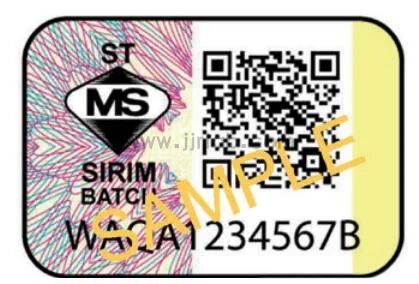 SIRIM and MEPS Certification for Fans in Malaysia
SIRIM and MEPS Certification for Fans in Malaysia
 U.S. CPSC Water Bead Toy Compliance Requirements!
U.S. CPSC Water Bead Toy Compliance Requirements!
 Food Contact Materials (FCM) Regulation
Food Contact Materials (FCM) Regulation
 How to get Certification Compliance for Lithium Ba
How to get Certification Compliance for Lithium Ba
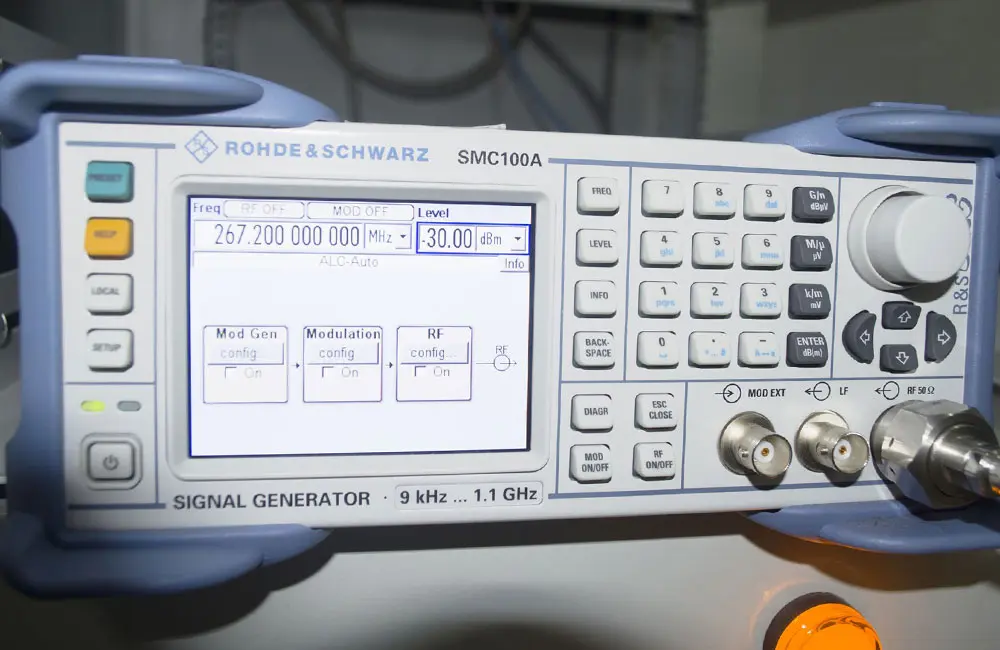 LED Lighting Safety Testing Service Laboratory
LED Lighting Safety Testing Service Laboratory
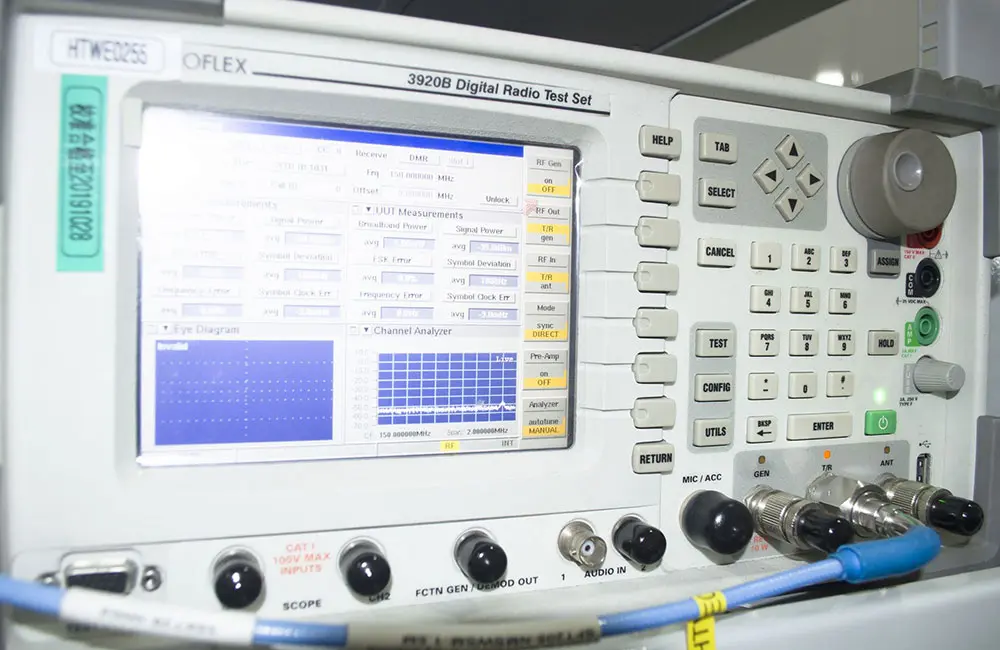 LED Lighting EMC Testing Service
LED Lighting EMC Testing Service
 EU REACH Compliance Testing Services
EU REACH Compliance Testing Services
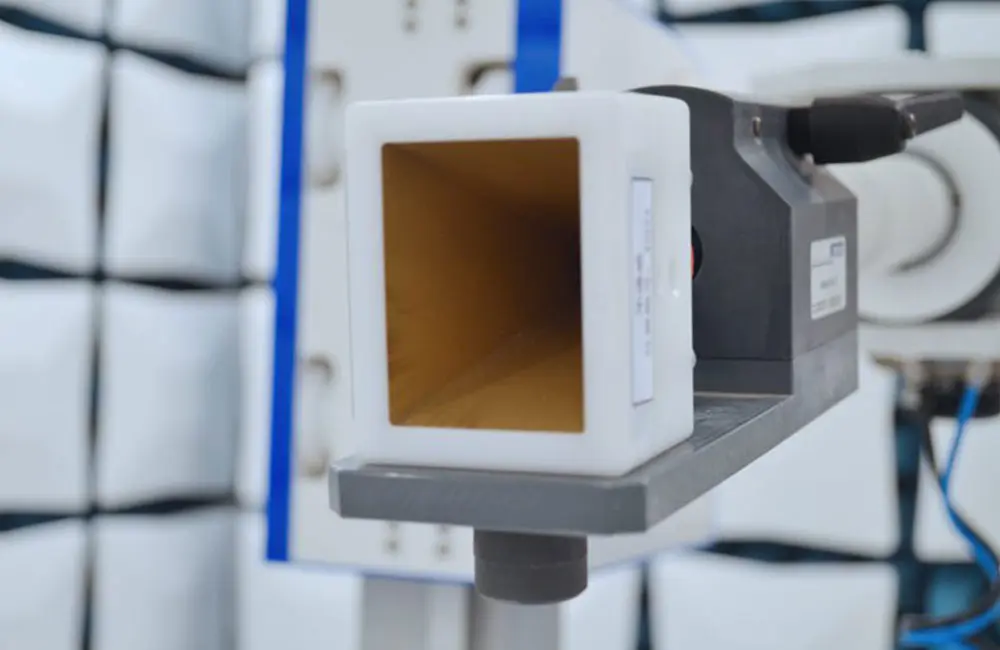 Electronic and Electrical Reliability Testing Serv
Electronic and Electrical Reliability Testing Serv
Leave us a message
24-hour online customer service at any time to respond, so that you worry!




